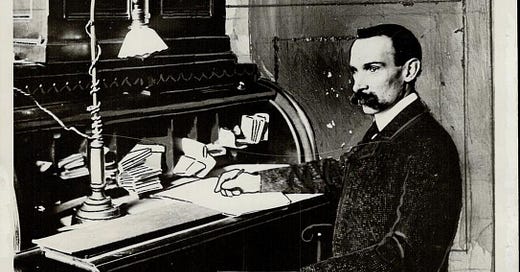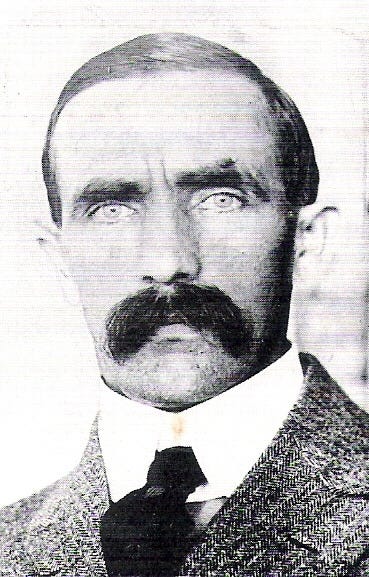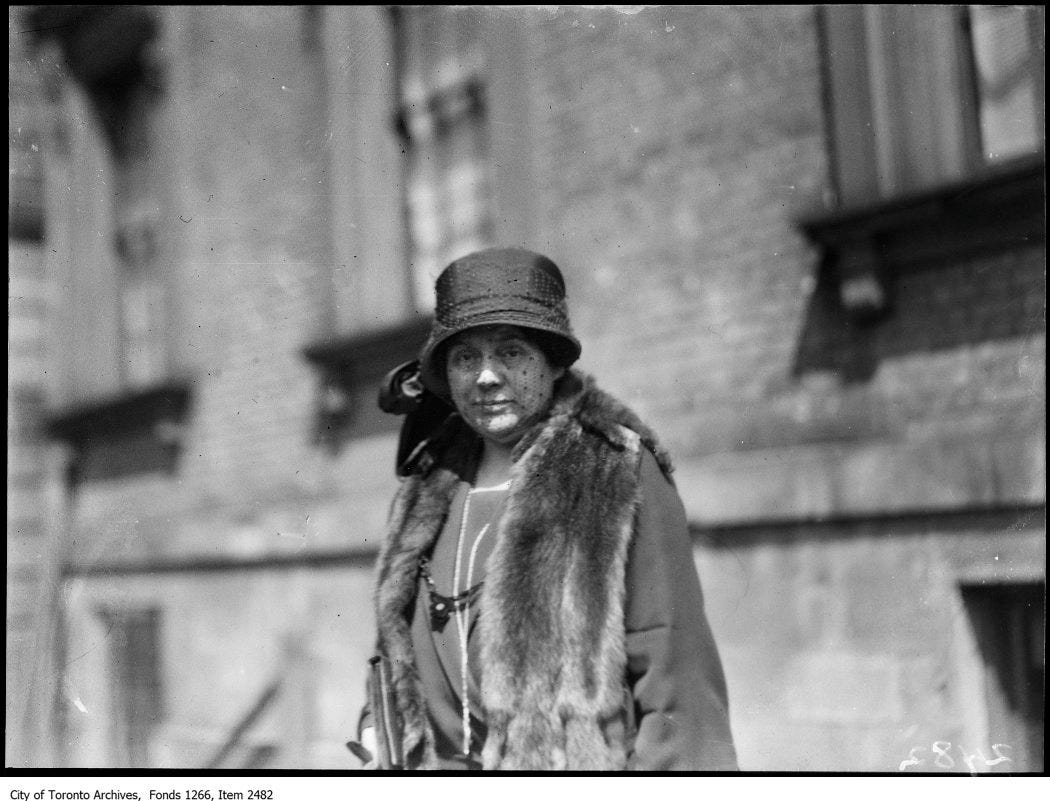The Toronto Millionaire Who Disappeared
On Dec. 1, 1919, Ambrose Small walked into his office...and vanished into thin air
Ambrose Small was a rich man, who had built his fortune through the theatre industry of Toronto.
Born on Jan. 11, 1866 in Newmarket, Ontario, he was the son of an innkeeper.
Gifted in business, Small built a career as a theatre magnate, eventually having a small theatre empire under his control. He had theatres in seven Ontario cities and holdings in 62 other buildings.
Everything seemed to be going well for Ambrose Small. He married his wife Theresa in 1902, was well-liked in the city, and had a thriving business.
That being said, while his theatre business was doing well, moving pictures were started to grow in popularity and Small could see the writing on the wall. On Dec. 1, 1919, he sold most of his holdings to a Montreal company for $1.7 million, or $30 million today.
It was Small’s goal to make good money before the theatre industry began to sag under the popularity of movies.
On Dec. 2, he and his wife deposited the money into the bank, and parted ways in the street. Small told her he would be home for dinner.
But he never arrived.
That night, he disappeared from his office.
No one saw him leave his office, or in the area around the office that night.
Even odder, there was no motive for Small to disappear. He took no money with him, no ransom note was left.
At first his absence was not reported because Small was known to have affairs and spend time away from his home. It was not until January 1920 that Small’s attorney F.W.M. Flock and Theresa Small notified police.
Theresa Small immediately offered a reward of $50,000 for information leading to her husband’s whereabouts if he was found alive, and $15,000 if he was found dead. No one ever claimed the reward.
A huge investigation was launched, but Small was declared dead in 1923.
In 1921, a man who apparently looked like Small was found in Des Moines. The man claimed he was dropped off in Des Moines by a motorist after he was hit by his car. The man was described as half-crazed, with a gunshot wound to his neck. His legs were also severed from the knee down. When he saw a picture of Small, the man claimed that was him. In the end, this part of the case went nowhere.
On Oct. 14, 1935, Theresa Small died. In June 1936, her sister presented a letter that was found amongst her things from a man named Reuter. It stated:
"Poor Ambrose was killed on December 2, 1919, and I know that part of his body, the trunk, was buried in the Rosedale ravine dump and other parts of the body were burned in the Grand Opera House furnace. You will be surprised, my dear Florence and Gertrude, to learn that I am more responsible for your brother's death. God forgive me. — Reuter."
In 1936, Attorney General and OPP Inspector Edward L. Hammond consulted with Toronto police and received typed copies of their reports and other documents. He also re-interviewed witnesses.
It was his conclusion that Small was murdered in a plot that had his wife as the person behind it. It was Hammond’s belief the original investigator, Austin Mitchell of the Toronto Police, ignored and repressed evidence that would have lead to Theresa Small being a suspect in the case.
Despite this letter, the case still remained unsolved and Small has never been found.
His case was closed as unsolved in 1960.







